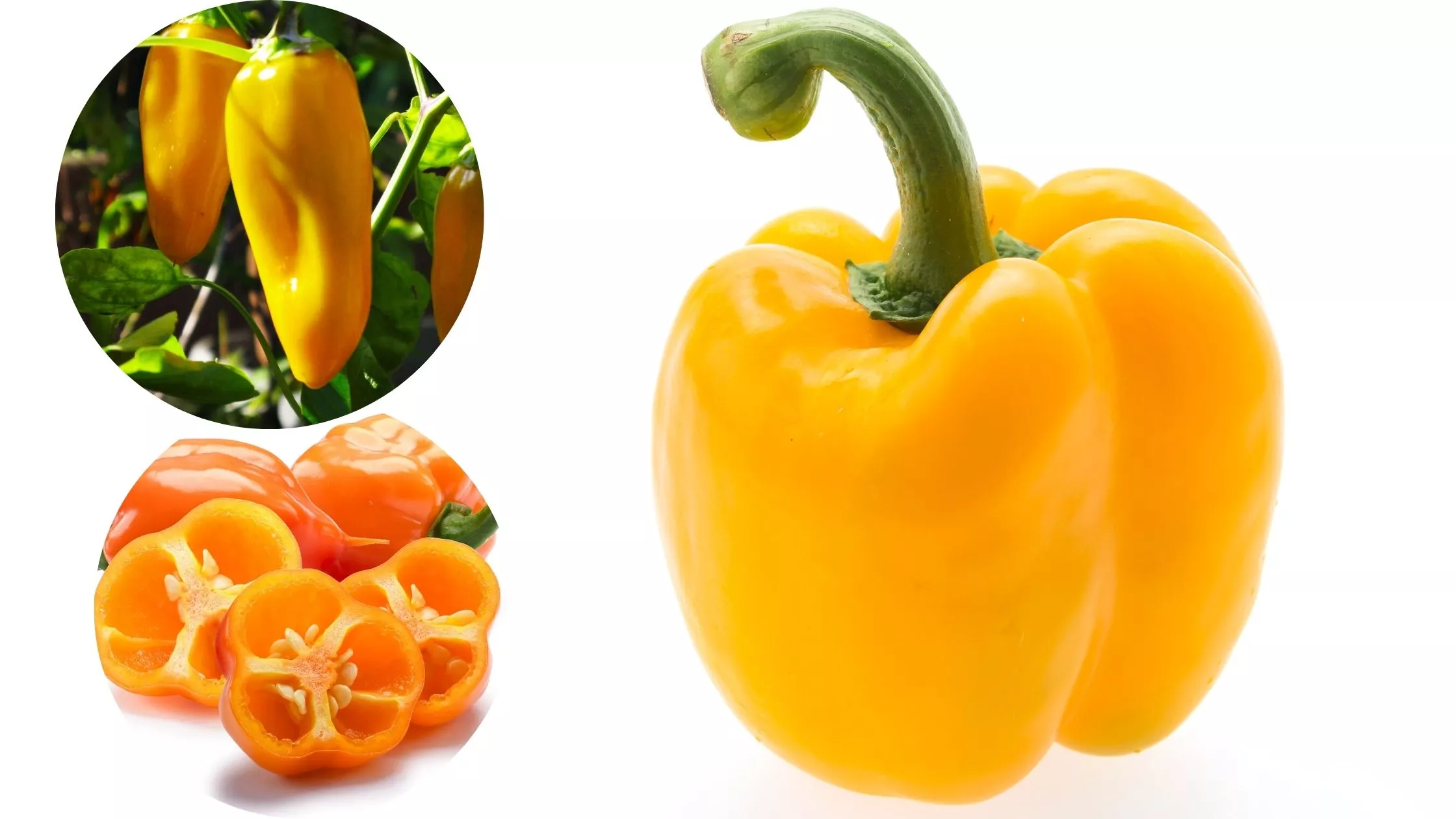
Quince Fruit Smells So Good, You Won’t Want to Eat It
Quince fruit is pleasing to the senses even before you taste it. Its color of bright golden-yellow and flowery smell make the quince a treat for your nose. The scent has been compared with apple, pear and rose combined together this creates an aroma that’s sweet but also quite strong in essence.
But, do not be deceived by the sweet aroma. Raw Quince fruit has a strong sour and puckering taste that is not pleasant to eat from the tree.
The History and Origins of Quince
Quince fruit is one of the most ancient fruit trees. People think that this tree was initially grown in old Babylon and Greece. It was special because it had a unique smell and medical value.
The mythology from Greece held quince as holy to goddess Aphrodite; they viewed it as a representation for love, beauty and fertility. In the past, Greeks commonly offered quinces to newly married couples.
They would chew on these fruits prior to going into the bridal chamber because they believed that its nice smell would bless their union. Romans also followed this custom. You can see a picture of goddess Venus holding a quince in her right hand as it was well-known during that period too.
Starting from ancient Mediterranean countries like Greece and Rome, growing of Quince fruit expanded across Europe and Middle East regions for many years.
Quince’s Unique Appearance and Flavor
Quince is a unique fruit that differentiates itself from the typical pome fruits like apple and pear. The tree of Quince fruit bears big fruits with yellow-gold color, having look similar to both an apple as well as a pear; its skin feels downy or fuzzy but cannot be eaten because it remains hard even when fully ripe and has a distinctively strong flower-like scent. But, the true enchantment occurs during cooking of quince.
While it boils gently, the fruit’s flesh changes from a light yellow to lively pink or reddish shade. It becomes mellow and tender, almost like jelly in consistency. The color alteration is caused by reactions between tannins and acids within quinces.
The taste of raw Quince fruit has a sharp and dry character that is too strong to eat without cooking. But after being cooked with sugar, the flavor changes completely.
Nutritional Profile of Quince
Feeding on quince fruit will enable the body to get all the necessary vitamins, minerals, antioxidants and other plant goodies. It contains vitamin C, one quince gives approximately 15% of the daily requirements.
Apart from this gain, quinces contain small quantities of some B vitamins namely, thiamin (B1), riboflavin (B2) and pyridoxine (B6).
In the case of minerals, quince can be considered as containing a reasonable amount of copper. This gives approximately 14% of the daily requirement in every 100g of the food, apart from the iron and reasonable amount of potassium and magnesium.
As for the antioxidant, quince has flavonoids including quercetin and kaempferol that helps in the reduction of inflammation and from illnesses of the chronic kind.
Culinary Uses of Quince
The special taste and texture of quince make it useful for cooking in sweet and salty dishes. If you cook the fruit, its sour yet flowery flavors go well with sugar to become delicious jams, jellies or preserves. People like eating quince jam or paste, called membrillo, as a main item in Spanish and Portuguese food culture.
They often serve it with cheese on a plate. In addition to being made into preserves, quince is also excellent for baked goods such as pies, tarts and cakes because of its lively color and intricate taste that adds more layers and fullness.
But the potential for quince in cooking goes much further than just sweet offerings. The fruit can be softly boiled to create tasty sauces, chutneys and compotes which match well with roasted meats like pheasant or duck. The pectin found in quince’s flesh is a natural thickener, making it perfect for boosting the consistency and taste of stews, braises or mixed drinks.
Health Benefits of Quince
Quince fruit can also offer health advantages. New studies show that the fruit’s many antioxidants, especially its flavones such as quercetin and kaempferol, might have anti-inflammatory characteristics.
These substances could assist in lowering body inflammation and possibly aid in treating problems such as arthritis, asthma or specific digestive issues.
Because of the fiber in Quince fruit, it can help with digestion by supporting gut bacteria and lowering chances of constipation. Moreover, in traditional medicine from Asia and the Middle East, quince has been used as a natural cure for colds, flu and respiratory problems.
Quince’s Role in Traditional Medicine
Fresh addition of quince fruit in the World of traditional medicine was not recent. It has been used for many years, being incorporated into different systems of medicine, for example, the Ayurvedic and Chinese. According to the ancient Indian science of healing known as Ayurveda, people take quince seeds for the treatment of various illnesses.
It is apprehended that these seeds possess astringent properties which will go a long way to help out concerning cases such as diarrhea and dysentery (loose motions), cough and sore throat, and bronchial troubles as well.
Quince fruit leaves can be employed in the remedy of some issues for instance nervousness, sleeping disorders and hyperglycemia in the Ayurvedic medical system. According to Chinese medical wisdom, quince is Lung tonic and used of Lung diseases. They could be used in cases of coughing or perhaps conditions linked with asthma.
Buying and Storing Quince
Quince fruit is found in fall and the first part of winter. The busiest time for it is from September to November in most places. Quince isn’t grown as much as apples or pears but you can find it at farmers markets, special grocery shops or a few normal supermarkets when its season comes around.
If you want to choose quince, pick fruit that feels heavy for its size and has a bright golden-yellow color with some fuzz on the skin. Do not select any quinces with bruises, soft spots, or signs of damage. After buying them, keep quince at room temperature until it is ripe.
Then transfer to the refrigerator for a longer shelf life. Fresh quince can last up to 2-3 weeks if stored correctly.
A fruit that originated from Europe and some of the most populous countries in the Asian continent, Quince is a fruit of immense history. Thus, it has a wonderful smell, possesses unique characteristics for culinary use, and can be ingested in many more ways.





